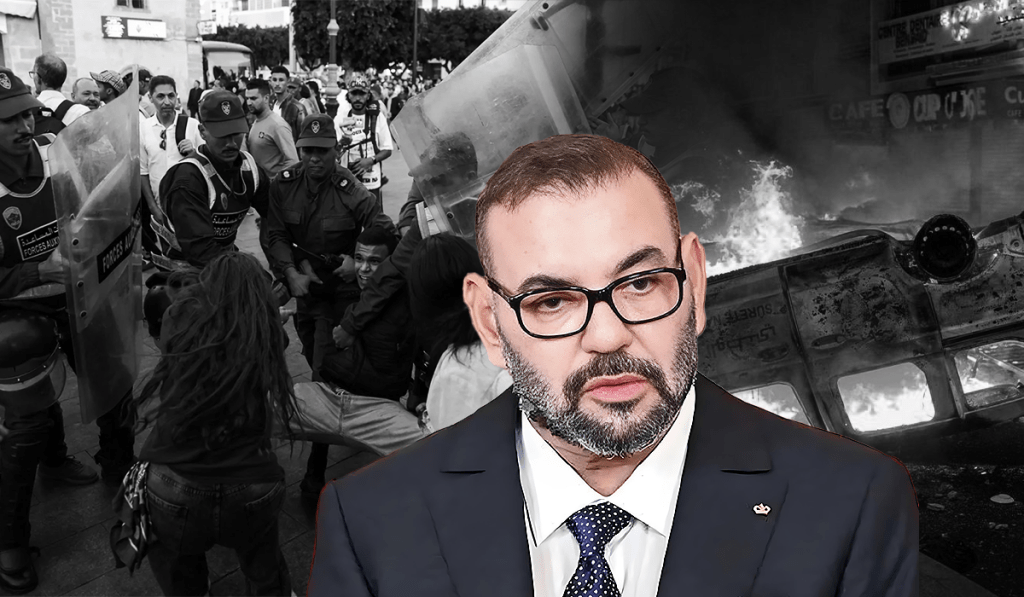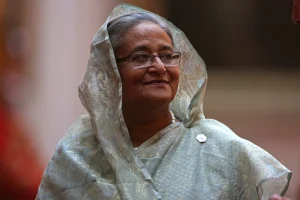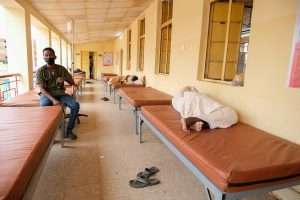Morocco’s Gen Z protests: Why violence entered the chat

When ignored demands met heightened emotions, Morocco’s Gen Z protests shifted from slogans to skirmishes.
According to Yabiladi on October 3rd, Morocco’s youth protests started out peaceful, with demonstrations focused on the demand for better healthcare and stronger public education. For days, the marches only echoed with slogans, chants, and placards, remaining largely calm and orderly.
However, by the weekend of September 27th-28th, the peaceful tone took a cynical turn. Several cities erupted into chaos, with lootings and fires becoming common occurrences across the nation. Three people lost their lives in the Inezgane–Aït Melloul region after Moroccan authorities allegedly opened fire on crowds to protect their headquarters, which were reportedly under attack.
Moroccan psychosociologist Mohcine Benzakour explains that the shift was a result of protesters feeling ignored. “The demands focused on health and better education. Up until then, everything was clear,” he stated. However, when “these young people took to the streets and felt unheard,” frustration set in.
Benzakour likened it to crowd psychology in football stadiums, where raw emotion can turn a spark into a fire. “Fans leaving stadiums irritated, and suddenly things can escalate. The same logic applies here. A spark can turn into violence, and that is exactly what we saw with our own eyes in videos.”
Benzakour also noted the lack of communication as a catalyst. “When authorities intervene without providing dialogue, people are left to interpret things on their own. This creates space for those who want to exploit the situation for different objectives. All possibilities become open,” he said.

The possibility of violence was always on the cards. Morocco’s youth have long felt neglected by those who govern them. Maghrebi’s editor in chief, Martin Jay, spoke on his perception of why these protests had such a level of frustration.
“I think young people are becoming more informed, better networked, both domestically and internationally, and increasingly despondent towards the elites who rule them,” he said in an interview.
“When the government announces news every day about the state of new stadiums which are going to be built for the World Cup, which have better healthcare facilities inside the stadium than most Moroccan hospitals, you can understand why people flare up,” Jay stated.
As seen in MaghrebiWeek, Morocco’s youth have suffered in many sectors of society. A report found 67% of working youth currently remain in informal labour, working precarious jobs that offer little security. The education system is also a point of concern. Overcrowding, high dropout rates, and weak vocational training have left the youth with a lack of stability and direction.
These protests signal a deeper issue, a structural problem in Moroccan society that has chewed and spat out an entire generation.
Yabiladi, Maghrebi.org. MaghrebiWeek
Want to chase the pulse of North Africa?
Subscribe to receive our FREE weekly PDF magazine












